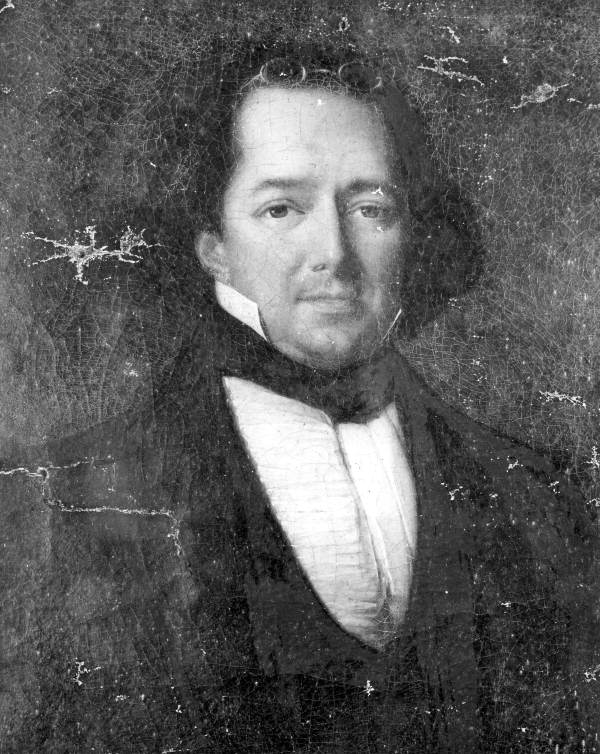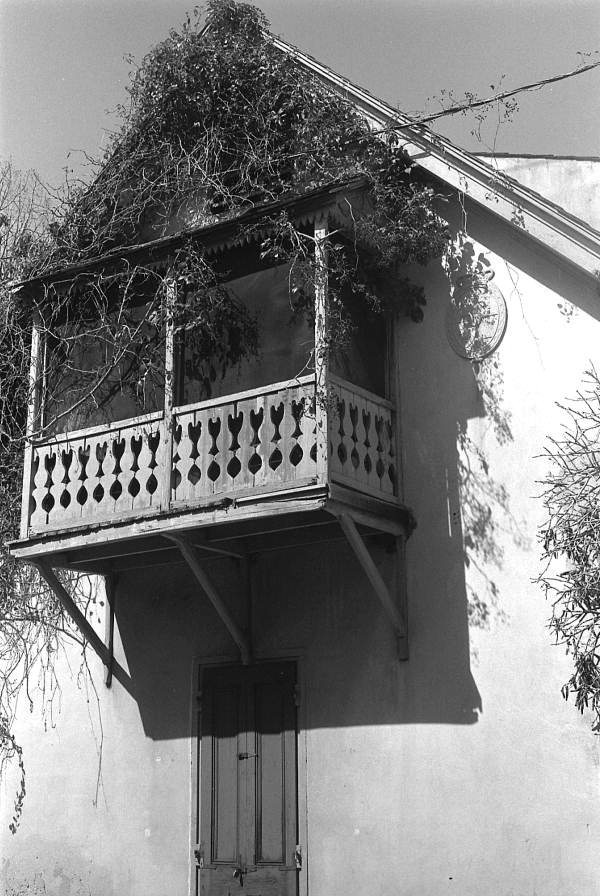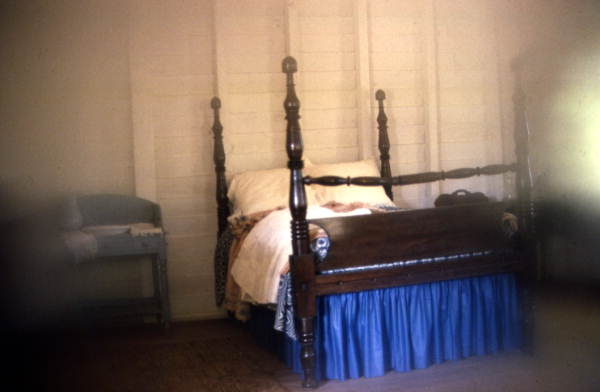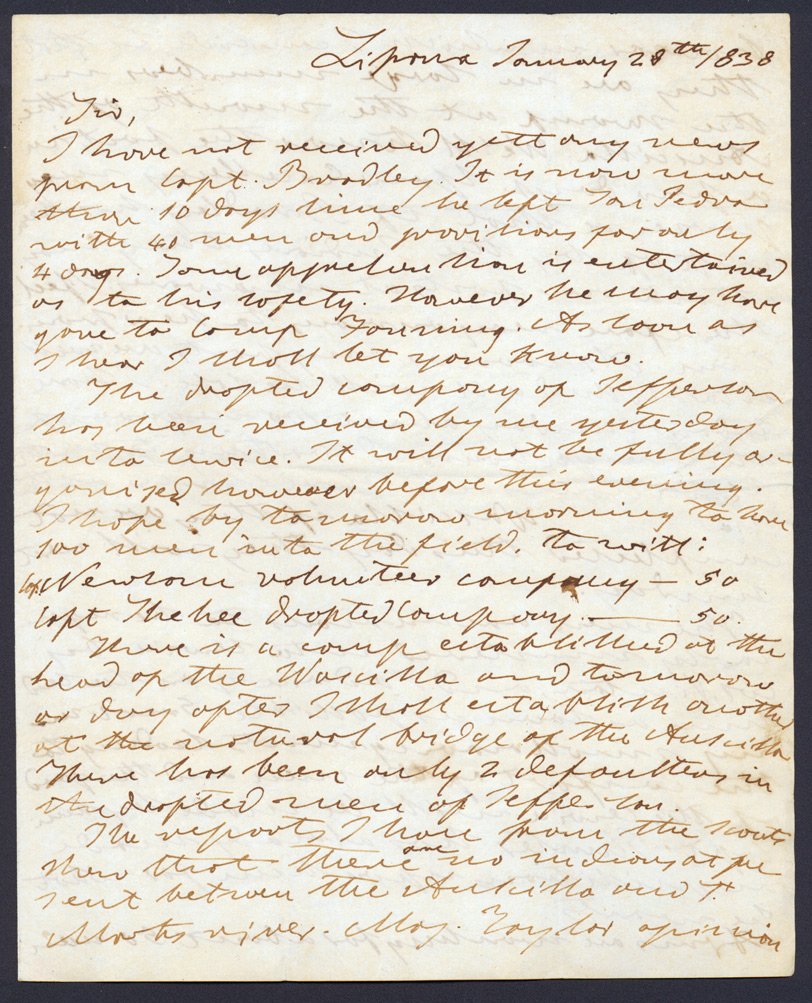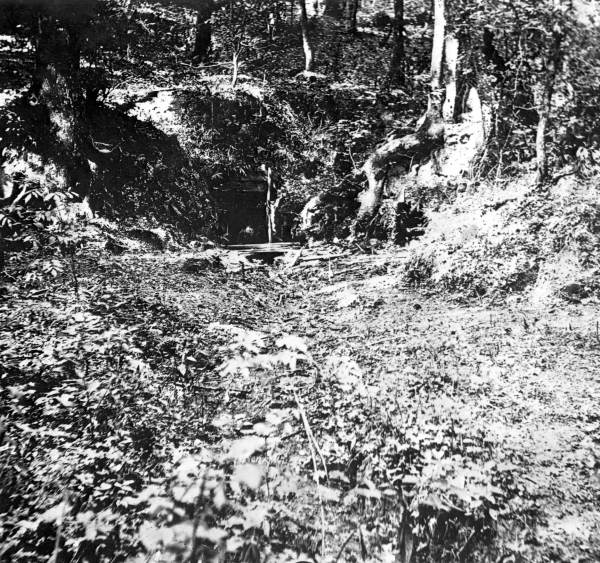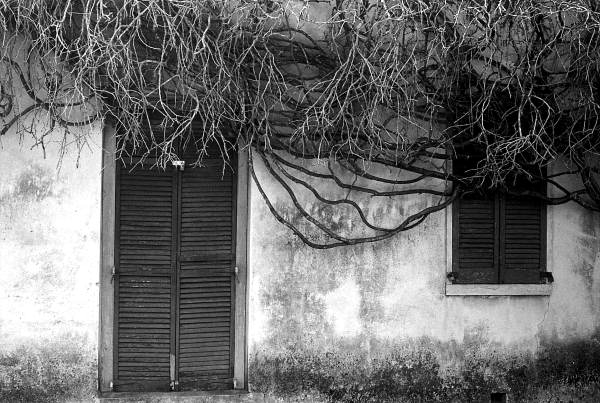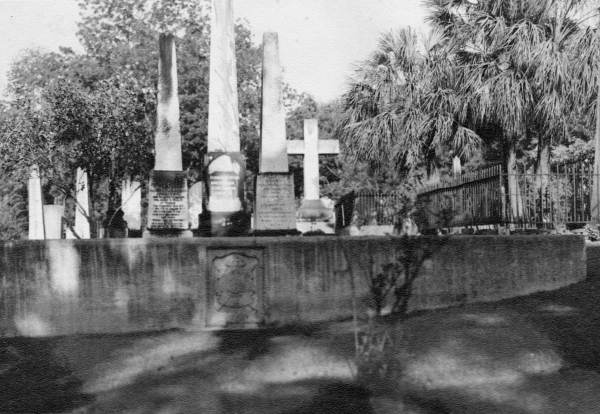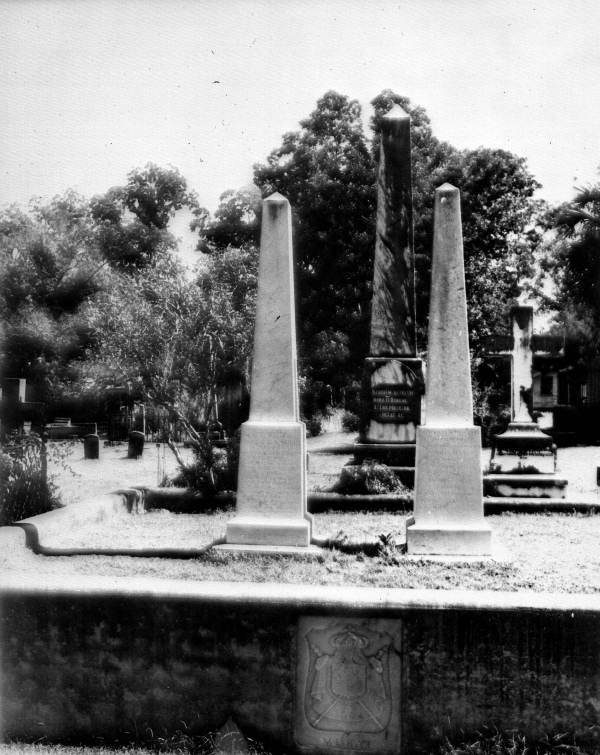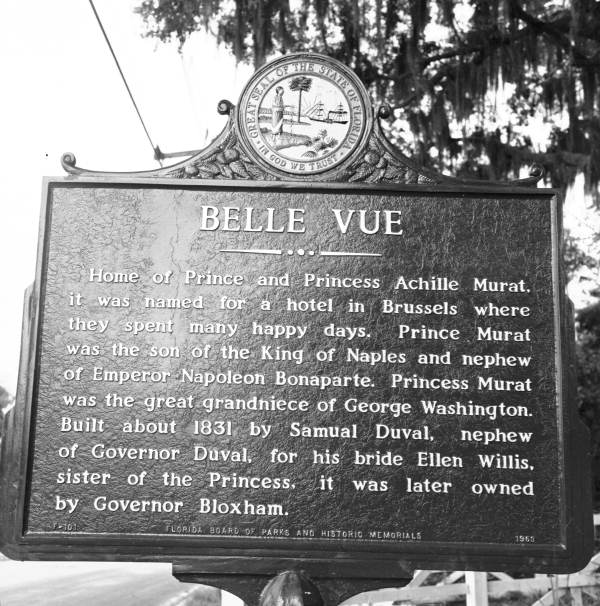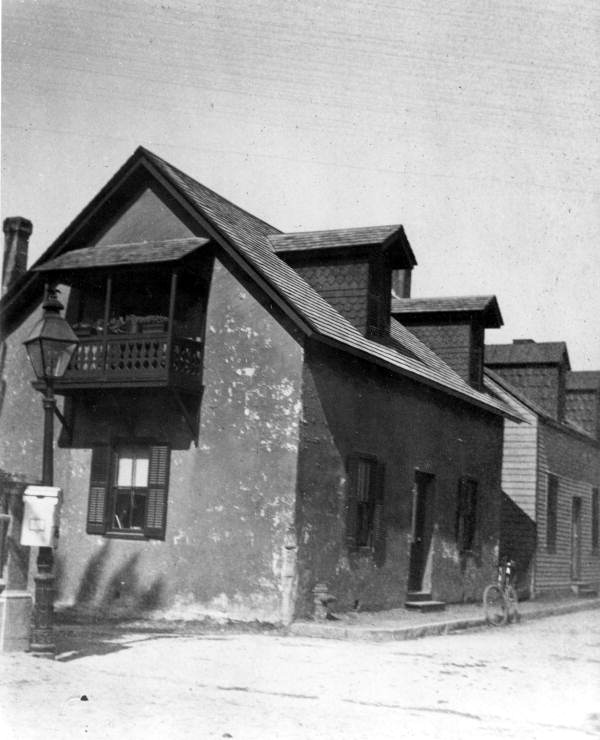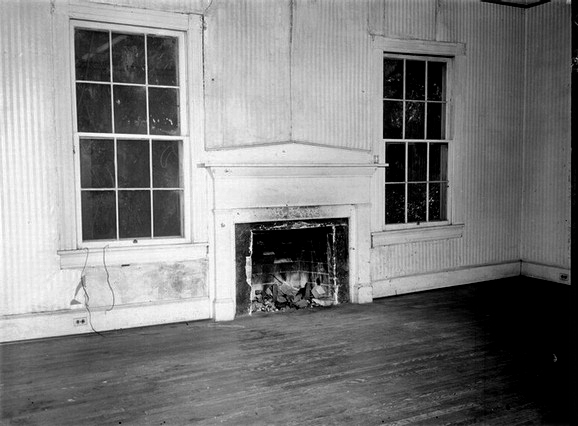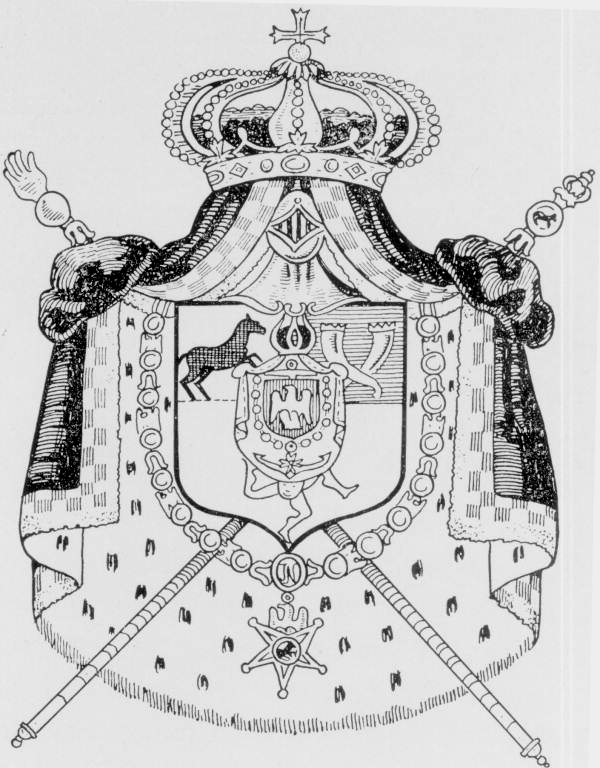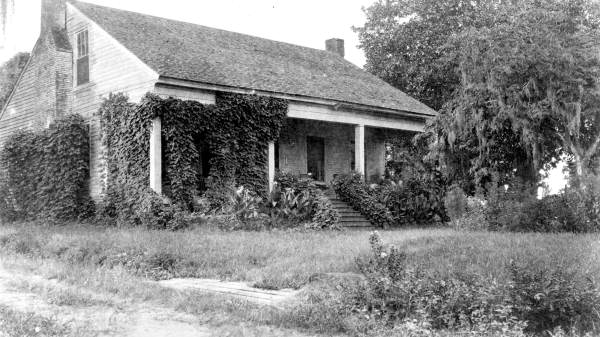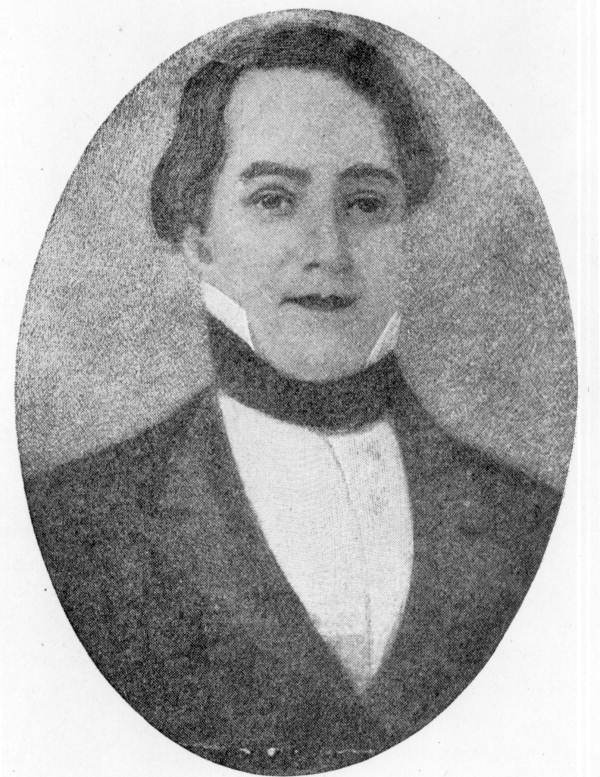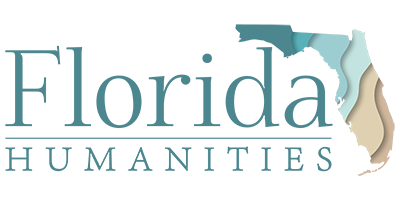b. 1/21/1801 (Paris, France) – 4/15/1847 (Jefferson County, FL) (French Heritage)
“Achille Murat was born in 1801 in Paris, the son of Joachim Murat and Caroline Bonaparte, and the nephew of Napoléon Bonaparte. During Napoleon's time in power, Murat was part of the family dynasty that ruled the kingdom of Naples. After his father's death and the downfall of Napoléon, he was placed under house arrest in Austria with his remaining family. In 1822, aggravated with Austrian surveillance of his family and inspired by his appreciation for America, he made his way across the Atlantic to make a better life for himself.
In 1823 Murat moved to Florida and resided for while as a planter and attorney near St. Augustine. At this time he began to write about his observations on American politics and life in Florida. He relocated to Tallahassee around 1825 and established a plantation that he called Lipona, an anagram for "Napoli." In 1826 he married Catherine Gray, great-grand-niece of George Washington. His book Esquisse morale et politique des États-Unis de l'Amérique du Nord appeared first in French in 1832 and was later translated into English as The United States of America (1833) and America and the Americans (1849). Another work, Exposition des principes du gouvernement républicain, tel qu'il a été perfectionné en Amérique, dedicated to Andrew Jackson, appeared in 1833. Murat long-identified himself as an American citizen and his writings were often in praise of the country's accomplishments and culture.
Many of his observations were first written in letters to his former tutor, Comte Antoine Thibaudeau. Murat's correspondence with Thibaudeau discussed various topics of his personal life as well as his experiences as an American citizen.
He returned to Europe in 1830 after the outbreak of the "July Revolution" in France and
served briefly as colonel of the Belgian Legion. While there, he unsuccessfully attempted
to restore his family fortune. In 1834 he returned to the Tallahassee area empty-handed.
He died in 1847 and was buried in Tallahassee at the St. John's Episcopal Church Cemetery” (University of Florida Repository).

